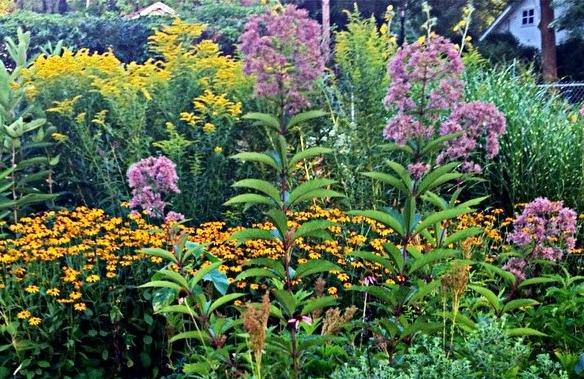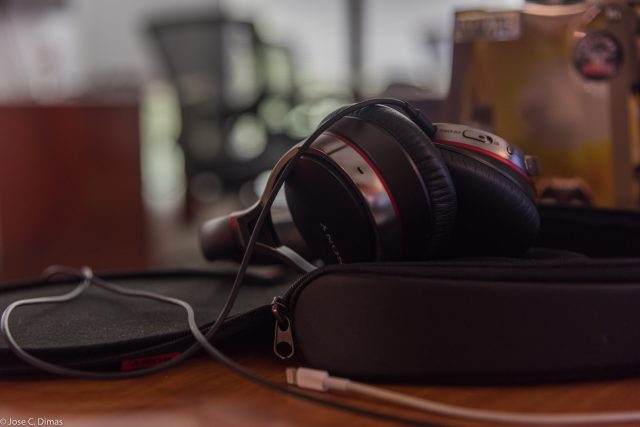As I watched media coverage of the neighborhoods filled with people who look like me — people of color — awaken from a restless slumber, I was mesmerized. The consciousness flowed through the protests in almost all of our cities, fierce, like electricity zapping through and animating frankenstein’s monster. The next step was clear: We need to be able to do everything for ourselves. The idea of depending on anybody for personal needs was bred into me as unacceptable, and yet somehow I found myself relying solely on outside sources for the one thing I need to survive — food.
In a dreary reality where Donald Trump is a bad day and Hillary Clinton is the bright side, it is important for all people to be self-sustainable. Brown and Black neighborhoods are starved because of food deserts, while the produce available in every-day supermarkets is on the verge of becoming bionic. Slowly but steadily, we are becoming trapped in a vortex where naturally farmed food is becoming harder to access, and it’s time to invest in growing and knowing for yourself.
I sat with this idea and made a power plan to help release my family from this food bondage. I started my own garden. I began with tomato seeds — harvested from a Black-owned farm — that I acquired from a subscription box. It was fate. Granted, at that time tomatoes were out of season, and the people at Home Depot chuckled at my planter box purchase, showing a lack of faith in my crop. Yet, I was undeterred and my crop thrived. I was one step closer to sustainability.
How to Get Started
Starting an organic garden is simple.
The goal in the beginning is to test the waters and see what works for the climate. While it is usually a crap idea to start a garden in the fall, we live in the Bay Area where the word “season” is used in regards to food, not temperature.
Go to the nearest store with even the most minuscule gardening section and buy three things: a small bag of potting soil, a tray or two of (cutting) seedling starters, and seeds. Get seeds that are going to bloom around the same time and start small. Go for basil, which is easy to cultivate, or onions and tomatoes, which produce fruit in seventy to eighty days versus big crops like watermelons that take ninety days.
Take the trays, fill them with the potting soil about three-fourths of the way up, and plant the seeds according to the package instructions. Deciding on the amount of seeds to plant depends on their size. For small seeds, a small dash or shake of the packet is enough, but for bigger seeds, two or three seeds are needed per pod before covering the them with soil. It’s important to start with potting soil and not dirt you find just anywhere, because it contains the necessary nutrients to give the plants a fighting chance for a healthy life.
You can keep the tiny seed cuttings in a windowsill or leave them outside — just make sure they are in a place where they can receive ample sun and be watered daily. In the beginning, the time of day that you water the plants is not as important as it is when the leaves or vines begin to form. The key is to keep them on some sort of a schedule.
If the plants are nurtured, you will see signs of new life crowning from the soil in about a week. This is the phase at which attachment to the new baby plants is inevitable and feelings of pride swell within you. Keep them in the sun. Keep watering them.
As they grow, you will be able to see root systems peek out the bottom of the seedling tray like fingers grabbing for life out of the darkness. But trust me, they are not ready yet. Don’t rush their infancy; they will be grown before you know it. For now, just give them love. Plants enjoy love.
Like all plants, new seedlings are absorbers. This means they take in whatever is around them. For example, if you have your plants by cleaning supplies, they will take in molecules of the toxins in their vicinity. Make sure that the type of tray or container you start your seeds in, is safe for human consumption, and the atmosphere that your plants are in is healthy and conducive to new life. Things like talking, singing, reading, or simply spending time with your plant are also highly suggested.
As your plants begin to grow, make sure they have a nice place outside to get maximum sunlight. In this area, growing organic is a lot easier than in other places. They will soon bloom produce, and slowly the dependence on outside sources for consumption will wane. In about three weeks, the plants may be ready for the next stage in life — their forever home.







